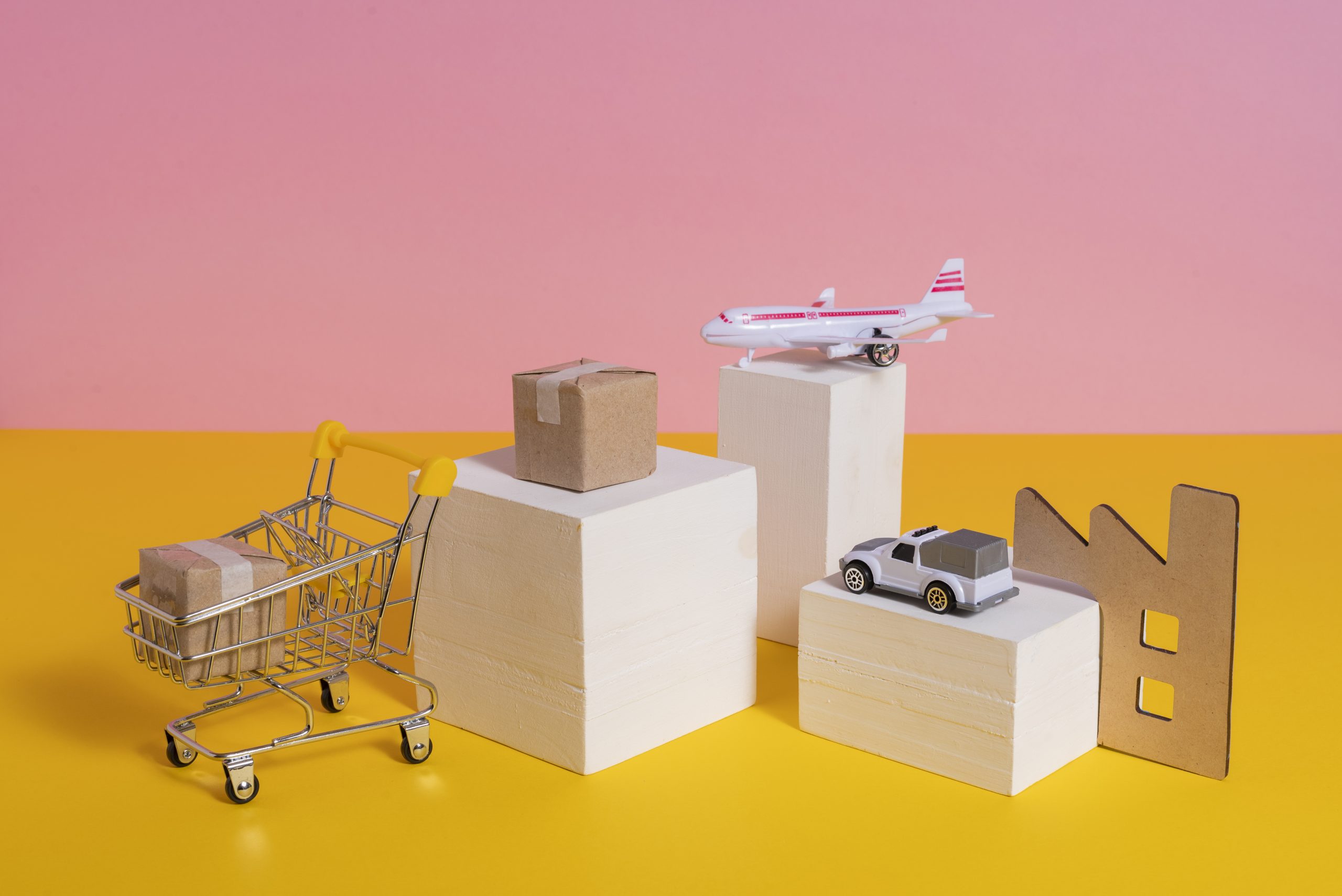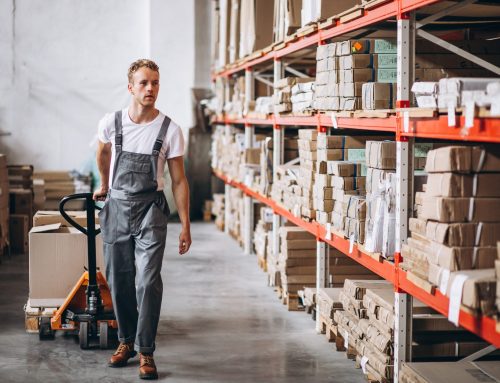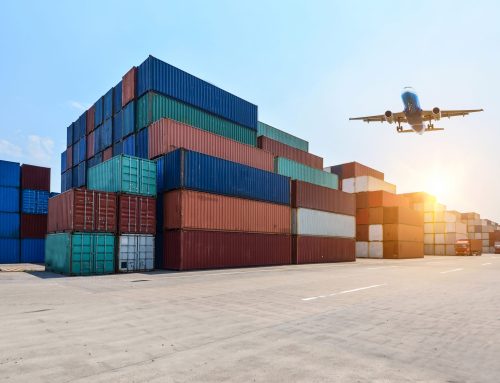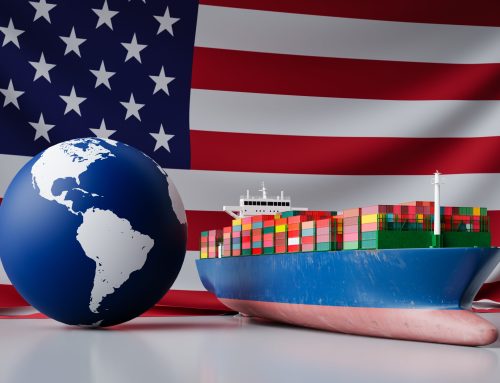Toys represent a booming market in the U.S., but so does toy regulation.
Importers looking to bring toys into the United States face one of the strictest regulatory environments in the world, especially when it comes to safety. From mandatory testing to age-specific labeling, even minor oversights can result in shipment delays, costly fines, or product recalls. In this guide, we walk you through the essential steps to ensure your toys meet U.S. standards and clear customs without surprises.
1. Know Who’s in Charge: CPSC
The Consumer Product Safety Commission (CPSC) is the federal agency responsible for regulating imported toys. It ensures that any item intended for children under 12 complies with safety standards covering:
- Choking hazards
- Lead and phthalates
- Flammability
- Mechanical and physical properties
Even novelty or promotional items labeled “not for children” may still be classified as toys by the CPSC if they are likely to appeal to children.
2. Required Testing Before Import
Every toy intended for children must be tested by a CPSC-accepted laboratory before it can be legally sold or distributed in the U.S. This applies even if the toys are imported in small quantities or for online sales.
Common testing requirements include:
- ASTM F963: The standard for toy safety
- CPSIA: Tests for lead content and phthalates
- Flammability: For fabric or plush toys
- Small parts testing: For toys intended for children under 3 years old
Once testing is complete, the importer must issue a Children’s Product Certificate (CPC) that confirms compliance.
If you’re not sure which documents you’ll need to provide, our Key Documents for Importing Goods into the USA breaks it down.
3. Labeling Requirements
Toys must include several pieces of mandatory information, both on the product (or packaging) and in accompanying documentation. Key elements include:
- Tracking label: Includes the manufacturer’s name, production date, batch, and location
- Age grading: A Clear indication of what age range the toy is designed for
- Warning labels: For small parts, balloons, magnets, and other hazards
- Country of origin: Must be permanently marked on the product
All labels must be permanent and legible. For online listings, these warnings must also be displayed on the product page.
4. Avoiding Common Mistakes
Toy importing isn’t just about testing and labeling; it’s also about attention to detail. Many importers run into issues because they:
- Assume lab tests from overseas suppliers are sufficient (they must be CPSC-accepted labs)
- Misses product redesigns or batch changes that require retesting
- Forget to include tracking labels or issue a proper CPC
- Misclassifying toys under the wrong HTS code can delay clearance and trigger extra duties
Need guidance classifying your shipment? Check out our U.S. Import Tariffs & Duties Guide for help understanding how HTS codes affect duty rates.
5. Tips for First-Time Toy Importers
If you’re launching a new product or entering the toy market for the first time, preparation is everything. Here’s how to set yourself up for success:
- Start early testing and documentation, don’t leave them until the goods are en route
- Request full test reports from your supplier, not just a certificate
- Use a licensed customs broker who understands CPSC requirements
- Build a product compliance file with lab reports, the CPC, invoices, and tracking info
6. eCommerce Considerations
Selling toys through Amazon, Etsy, or your site? You’ll need to:
- Upload your CPCs and lab certificates to your seller dashboard
- Make sure your product listings match your product labels exactly
- Be ready to provide tracking labels and test results on demand
Inconsistent information between packaging and online listings can trigger removals from marketplaces or shipments being flagged by U.S. Customs.
7. Do I Still Need a Customs Broker? (Yes.)
Even with all the prep work, navigating customs on your own can be risky. A broker will help:
- Classify your toys correctly under the HTS
- Submit all paperwork, including CPCs and test reports
- Flag any compliance issues before your goods arrive
Read more about why a broker matters in What Is a Customs Broker and Why Do You Need One?
Conclusion
Importing toys into the U.S. is more than just shipping boxes—it’s about meeting one of the strictest consumer safety standards in the world. By following the right steps—testing, labeling, certifying, and planning—you can build a business that is safe, compliant, and ready to scale.
Need Help Navigating Toy Import Rules?
Clearit USA works with importers, big and small, to ensure toys meet all CPSC, CBP, and customs requirements. From testing documentation to tariff classification, we’re here to make your import process smoother.





